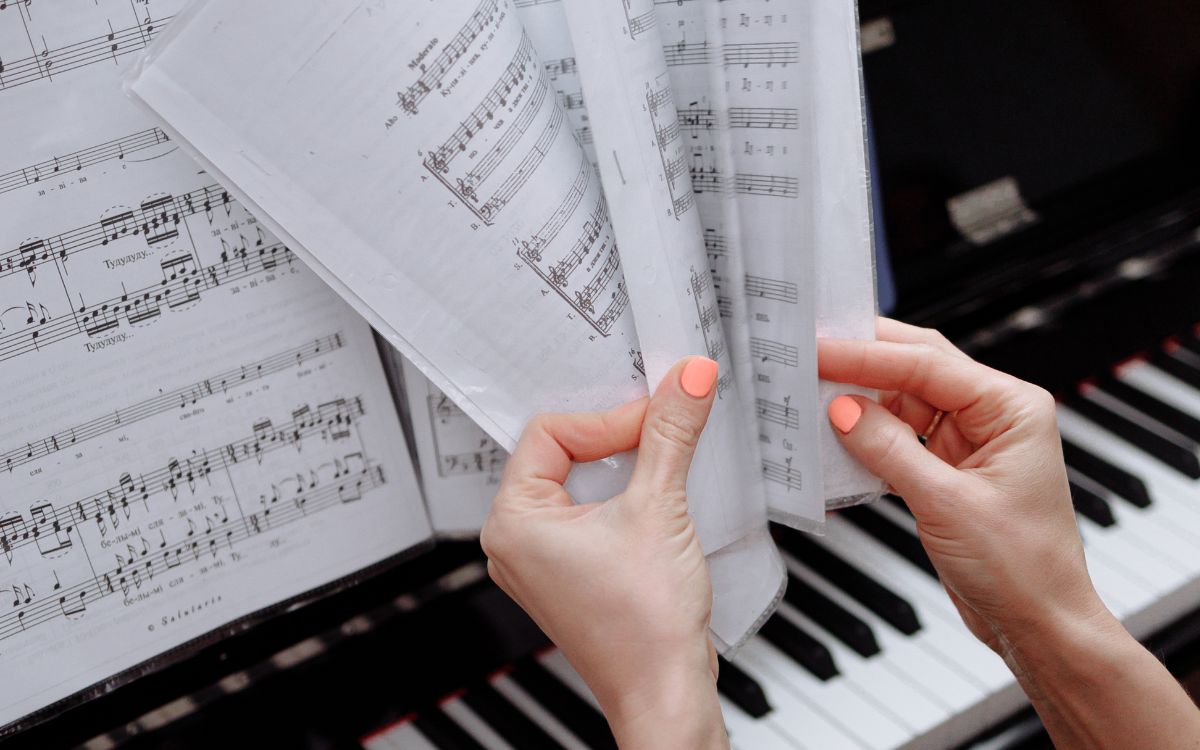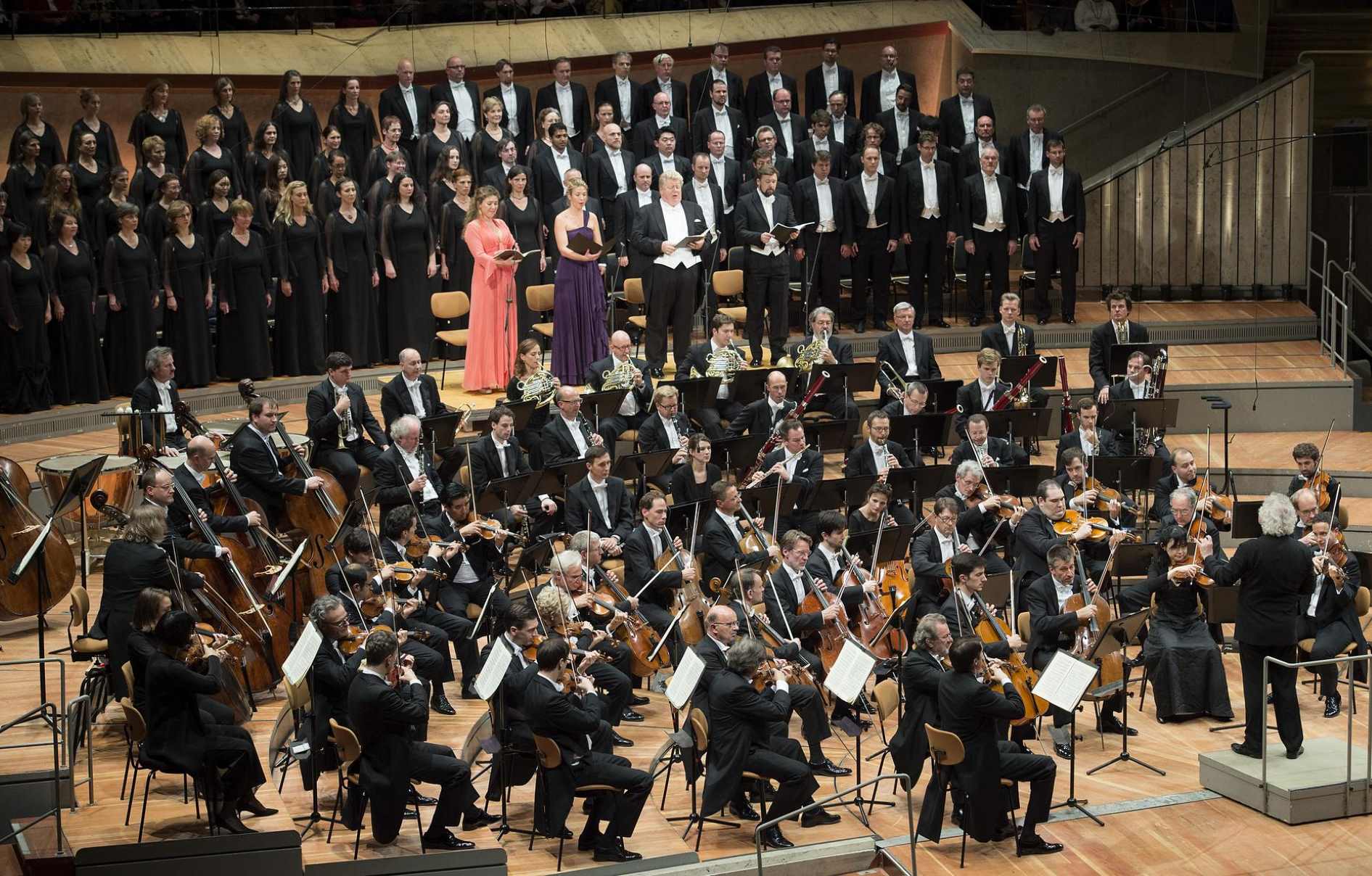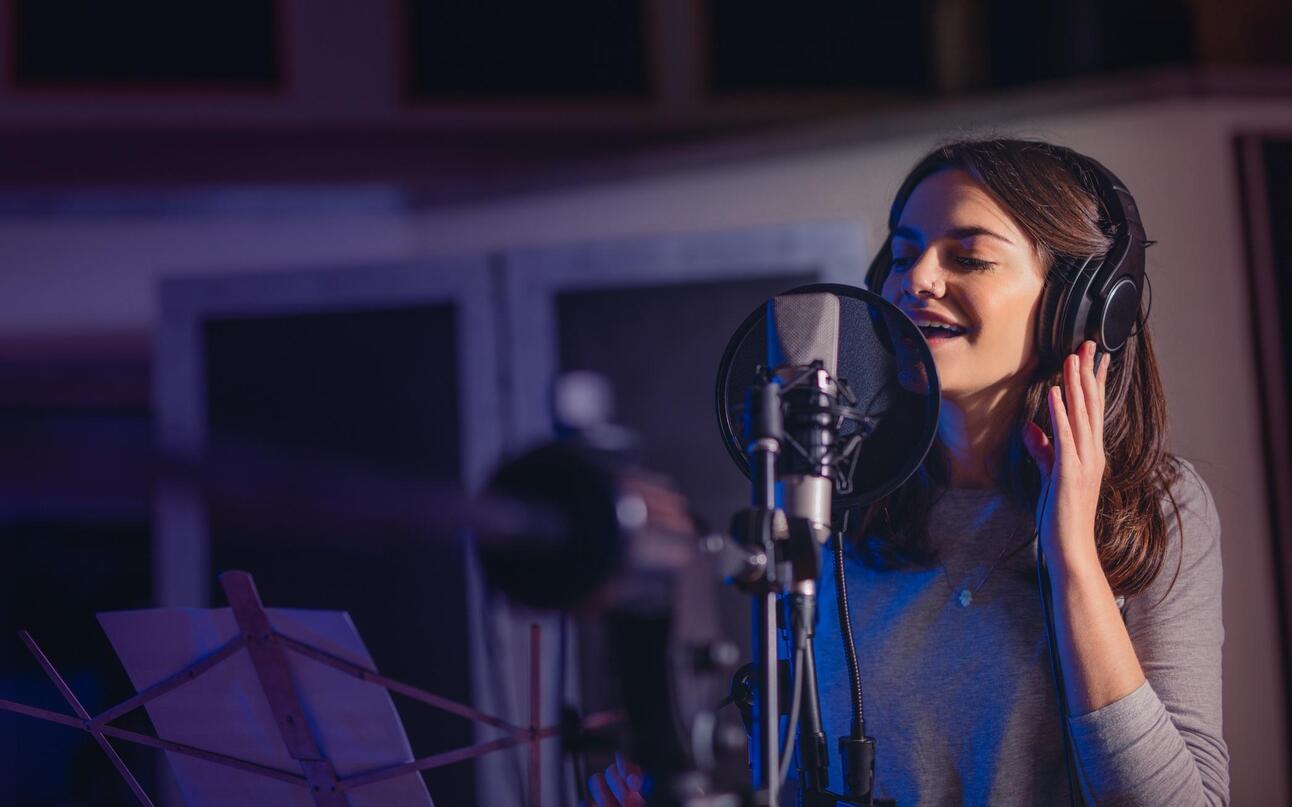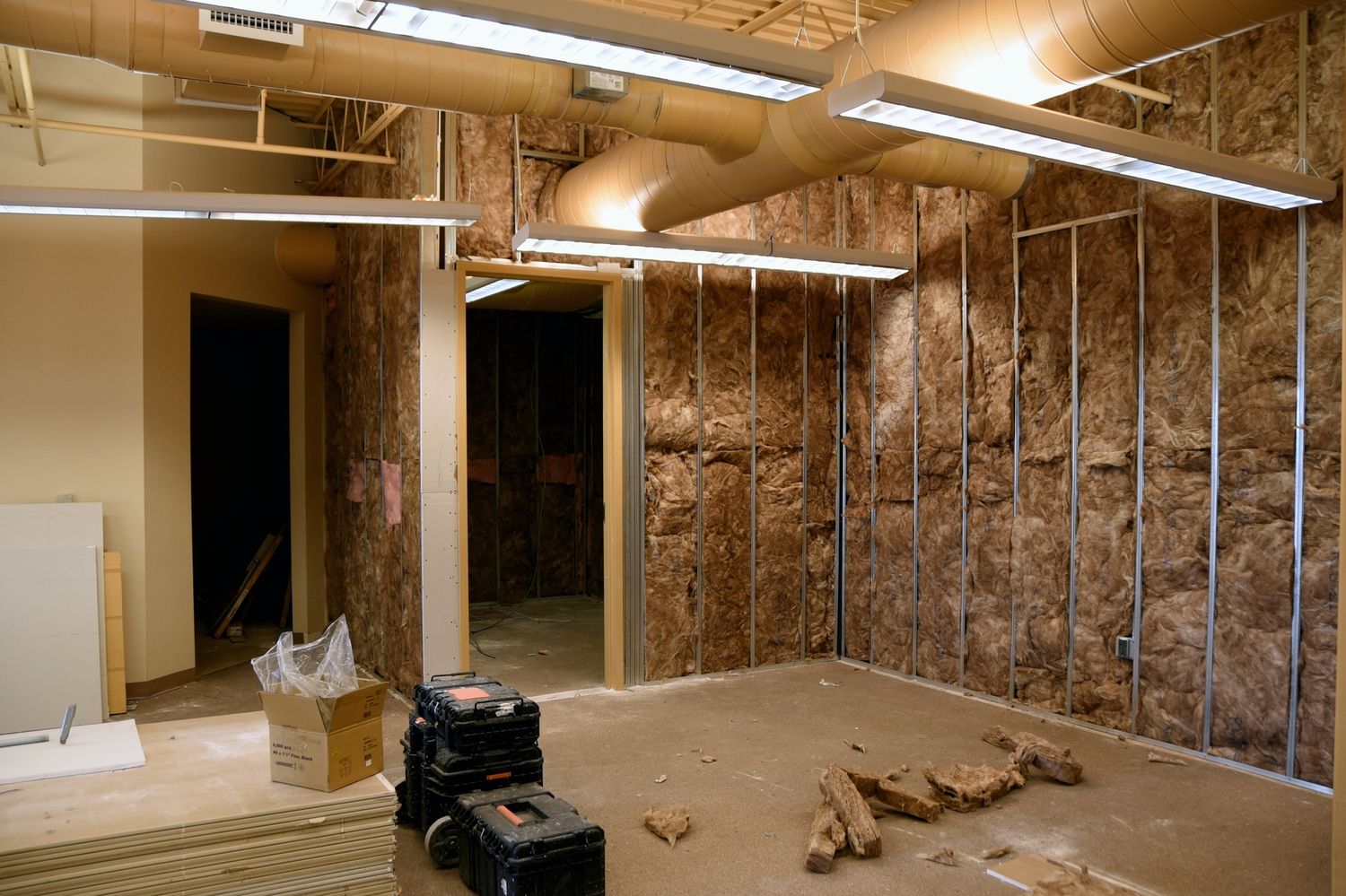Home>Devices & Equipment>Yamaha>What Is The Difference Between Yamaha P45 And P125
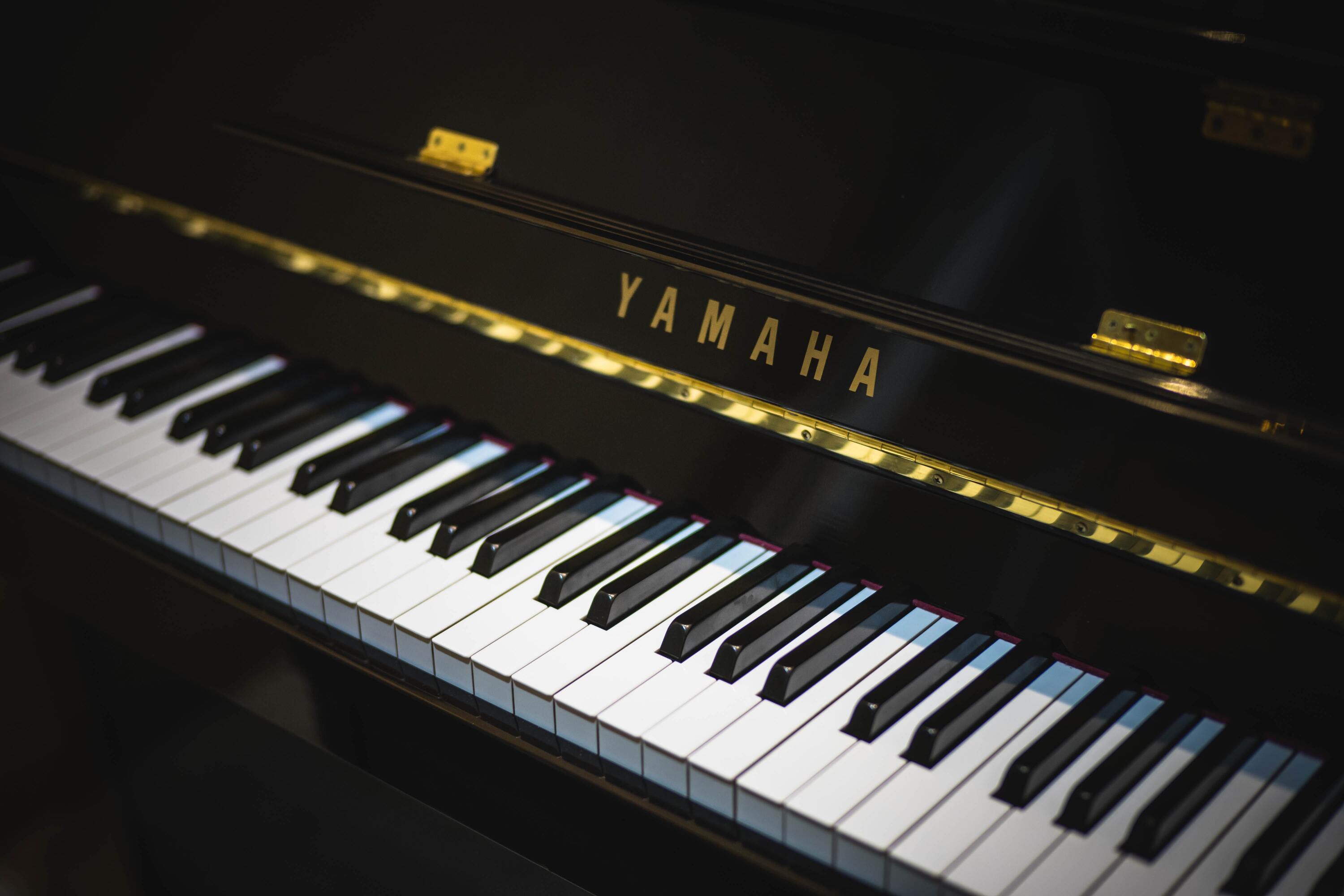

Yamaha
What Is The Difference Between Yamaha P45 And P125
Modified: February 11, 2024
Discover the key differences between Yamaha P45 and P125 digital pianos. Compare features, sound quality, and performance to make an informed decision.
(Many of the links in this article redirect to a specific reviewed product. Your purchase of these products through affiliate links helps to generate commission for AudioLover.com, at no extra cost. Learn more)
Table of Contents
Introduction
When it comes to digital pianos, Yamaha is a name that stands out for its exceptional quality and innovation. Two popular models from Yamaha’s lineup that often get compared are the Yamaha P45 and the Yamaha P125. Both of these digital pianos are known for their impressive features and are highly regarded by pianists of all levels.
In this article, we will explore the key differences between the Yamaha P45 and the Yamaha P125, delving into their specifications, sound quality, keyboard action, connectivity, portability, and price. By understanding the distinctions between these models, you can make an informed decision and choose the digital piano that best suits your needs and preferences.
Now let’s dive into the detailed comparison between the Yamaha P45 and the Yamaha P125, and discover what sets them apart in terms of sound, touch, functionality, and overall value. Whether you are a beginner looking for a reliable practice instrument or an experienced player searching for a versatile performance tool, this article will provide you with the insights you need to make the right choice.
Note: The specifications and features discussed in this article are based on the most recent available information at the time of writing. It is always advisable to refer to the official Yamaha website or consult with a reputable dealer for the most up-to-date information and pricing.
Key Specifications Comparison
Before delving into the details, let’s first compare the key specifications of the Yamaha P45 and the Yamaha P125. This will give us a clear overview of their differences in terms of sound, keyboard action, polyphony, connectivity, and more.
Yamaha P45:
– Number of keys: 88
– Keyboard: Graded Hammer Standard (GHS)
– Polyphony: 64 notes
– Sound engine: Advanced Wave Memory (AWM) stereo sampling
– Number of instrument voices: 10
– Connectivity: USB-to-Host, headphone output
– Weight: 25 lbs (11.5 kg)
Yamaha P125:
– Number of keys: 88
– Keyboard: Graded Hammer Standard (GHS) with matte finish on black keys
– Polyphony: 192 notes
– Sound engine: Pure CF Sound Engine
– Number of instrument voices: 24
– Connectivity: USB-to-Host, AUX out, headphone output
– Weight: 26 lbs (11.8 kg)
As you can see, both the Yamaha P45 and the Yamaha P125 come with 88 keys, providing a full range of notes for an authentic piano playing experience. They also feature Yamaha’s Graded Hammer Standard (GHS) keyboard action, which emulates the feel of an acoustic piano by offering heavier touch in the lower register and lighter touch in the higher register.
One noticeable difference between the two models is the polyphony. The Yamaha P45 offers a maximum polyphony of 64 notes, while the Yamaha P125 boasts a higher polyphony of 192 notes. This means that the P125 can handle more complex and layered musical passages without any notes dropping off.
In terms of sound quality, the Yamaha P45 incorporates Yamaha’s Advanced Wave Memory (AWM) stereo sampling to reproduce the sound of a grand piano with precision and clarity. On the other hand, the Yamaha P125 features the Pure CF Sound Engine, which captures the nuances and rich harmonics of Yamaha’s renowned CFIIIS concert grand piano.
In the next sections, we will delve deeper into sound quality and piano sampling, keyboard action and touch sensitivity, polyphony and instrument voices, connectivity and additional features, as well as portability and design, to get a more comprehensive understanding of how these two models differ from each other.
Stay tuned to discover which digital piano, the Yamaha P45 or the Yamaha P125, aligns better with your musical aspirations and requirements.
Sound Quality and Piano Sampling
The sound quality of a digital piano is undoubtedly one of the most crucial factors to consider when making a purchase. Both the Yamaha P45 and the Yamaha P125 offer excellent sound reproduction, but there are some differences in their piano sampling technology.
The Yamaha P45 utilizes Yamaha’s Advanced Wave Memory (AWM) stereo sampling technology. With AWM, various samples are recorded from high-quality acoustic pianos to capture their unique characteristics and nuances. The result is a rich and realistic piano sound that closely resembles the tone of an acoustic piano.
On the other hand, the Yamaha P125 takes sound quality a step further with its Pure CF Sound Engine. This sound engine digitally recreates the highly acclaimed Yamaha CFIIIS concert grand piano sound. With meticulous sampling techniques, the P125 delivers a more authentic and vibrant piano sound, capturing the essence of a live performance.
While both models produce impressive piano tones, the P125’s Pure CF Sound Engine offers a more refined and expressive sound experience. This makes it an excellent choice for professionals and serious pianists who prioritize a premium sound quality that closely resembles that of an acoustic grand piano.
It’s worth noting that besides the piano voices, the Yamaha P45 and the Yamaha P125 offer a selection of additional instrument voices. The P45 provides 10 different voices, including electric pianos, organs, strings, and more. Meanwhile, the P125 expands on this with 24 high-quality voices, enabling musicians to explore a wider range of sounds and genres.
Ultimately, the choice between the P45 and the P125 comes down to personal preference and the level of realism and versatility you desire in your digital piano’s sound. If you value a more authentic and detailed piano tone, the Yamaha P125 with its Pure CF Sound Engine is a compelling option.
In the next section, we will examine the keyboard action and touch sensitivity of these two models to further understand their performance capabilities.
Keyboard Action and Touch Sensitivity
The keyboard action and touch sensitivity of a digital piano play a vital role in replicating the feel and response of an acoustic piano. Both the Yamaha P45 and the Yamaha P125 feature Yamaha’s Graded Hammer Standard (GHS) keyboard action, offering a realistic playing experience.
The GHS keyboard action on both models is designed to mimic the weight and resistance of acoustic piano keys. It provides a heavier touch in the lower registers and gradually becomes lighter as you move up the keyboard, just like the keys on a traditional piano. This characteristic makes the playing experience more intuitive and allows for an authentic piano feel.
In addition, the Yamaha P125 has an added advantage with its matte finish on the black keys. This matte finish helps to enhance grip and control during performance, allowing for a more comfortable playing experience.
Another crucial aspect of keyboard action is touch sensitivity. Both the P45 and the P125 offer multiple levels of touch sensitivity to accommodate different playing styles and dynamics. The keys respond dynamically to the force applied, allowing for greater expressiveness and control over the sound.
One notable difference between the two models is the number of available touch sensitivity levels. The Yamaha P45 provides four levels of touch sensitivity, while the Yamaha P125 offers even more flexibility with four touch sensitivity settings plus a fixed touch option. This additional level of customization can be beneficial for pianists who prefer a specific touch response or want to fine-tune the keyboard’s feel to their liking.
Whether you are a beginner or an advanced player, the GHS keyboard action and touch sensitivity of both the Yamaha P45 and the Yamaha P125 ensure a comfortable and responsive playing experience. However, if you desire the advantage of the matte finish on the black keys and the extra touch sensitivity options, the Yamaha P125 might be the better option for you.
In the following section, we will explore the polyphony and instrument voices of these digital pianos to further compare their capabilities and versatility.
Polyphony and Instrument Voices
Polyphony refers to the maximum number of notes a digital piano can produce simultaneously. It is an important specification to consider, especially for more advanced players who create complex musical arrangements or perform pieces with overlapping notes. Let’s compare the polyphony and instrument voices of the Yamaha P45 and the Yamaha P125.
The Yamaha P45 offers a maximum polyphony of 64 notes. This means that you can play up to 64 individual notes at the same time without any notes cutting off prematurely. For most beginners and intermediate players, a polyphony of 64 is sufficient to cover most musical needs and repertoire.
On the other hand, the Yamaha P125 boasts an impressive maximum polyphony of 192 notes. This generous polyphony provides more room for intricate musical passages, layered sounds, and sustain pedal usage. It ensures that every note is heard and sustained, even in the most complex musical arrangements.
In terms of instrument voices, the Yamaha P45 provides 10 high-quality voices to choose from. These include various piano tones, as well as additional instrument sounds such as electric pianos, organs, and strings. While this selection covers a decent range of voices, it may be limiting for those seeking a broader palette of sounds for different musical genres or creative experimentation.
In contrast, the Yamaha P125 offers a more expansive range of 24 instrument voices, including multiple acoustic piano sounds, electric pianos, organs, strings, and more. This increased variety of voices allows for greater versatility and creativity, making the P125 suitable for a wider range of musical styles and preferences.
If you are a beginner or someone who primarily focuses on piano playing, the selection of 10 voices on the Yamaha P45 may suffice. However, if you are looking for more flexibility and want the option to explore different instrument sounds, the Yamaha P125’s wider range of instrument voices will better cater to your musical tastes.
In the next section, we will discuss the connectivity options and additional features offered by the Yamaha P45 and the Yamaha P125, which further enhance their functionality and convenience.
Connectivity and Additional Features
Connectivity options and additional features can greatly enhance the functionality and convenience of a digital piano. Let’s compare the connectivity options and additional features of the Yamaha P45 and the Yamaha P125.
Both the Yamaha P45 and the Yamaha P125 offer USB-to-Host connectivity, allowing you to connect the digital piano to your computer or mobile devices. This enables you to use various music software, record your performances, and access educational resources online. Additionally, both models feature a headphone output, which is essential for private practice sessions and late-night playing without disturbing others.
However, the Yamaha P125 goes a step further in terms of connectivity options. In addition to the USB-to-Host port, it also includes an AUX out connection. This allows you to connect the piano to external amplifiers or sound systems for larger performances or recording purposes. The inclusion of an AUX out provides more versatility and flexibility in terms of sound projection and amplification.
Both models also come with additional features to enhance the overall playing experience. The Yamaha P45 includes a dual-mode function, which allows you to layer two different instrument voices for more creative and expressive playing. It also features a duo mode, which splits the keyboard into two equal sections, making it ideal for piano lessons or duet performances.
The Yamaha P125 builds upon these features and offers even more functionality. It includes a split mode, where you can assign a different instrument voice to each half of the keyboard. This is particularly useful for exploring different sounds and playing styles. The P125 also features a built-in metronome, a recording function, and compatibility with Yamaha’s Smart Pianist app, which provides additional control and learning features.
The additional connectivity options and features of the Yamaha P125 give it a slight advantage in terms of versatility and convenience. However, if you primarily focus on piano playing and do not require the extra connectivity options, the Yamaha P45 still offers a solid set of features for your musical needs.
In the next section, we will discuss the portability and design factors of these digital pianos, which can be important considerations for those who plan to travel or have limited space.
Portability and Design
For many musicians, portability and design are crucial factors to consider when choosing a digital piano. Let’s compare the portability and design aspects of the Yamaha P45 and the Yamaha P125.
Both the Yamaha P45 and the Yamaha P125 are designed with portability in mind, making them easy to move and transport. They are lightweight and compact, allowing you to take them to gigs, rehearsals, or lessons without much hassle. The P45 weighs approximately 25 lbs (11.5 kg), while the P125 is slightly heavier at 26 lbs (11.8 kg). Though the difference in weight is minimal, it may be a consideration if you frequently need to transport your digital piano.
In terms of design, both models feature a sleek and elegant appearance that is reminiscent of traditional acoustic pianos. They come in a matte black finish, giving them a sophisticated and timeless look. The minimalistic design of the Yamaha P45 and the Yamaha P125 ensures that they blend seamlessly into any environment, whether it be a practice room, a living room, or a stage.
One notable difference between the two models is the presence of a music rest on the Yamaha P125, which makes it more convenient for holding sheet music or your tablet device while playing. This can be especially beneficial for pianists who rely on sheet music or digital notation during their performances or practice sessions.
Overall, both the Yamaha P45 and the Yamaha P125 offer excellent portability and a visually appealing design. The decision between the two models largely depends on your specific needs and preferences. If you require the convenience of a built-in music rest or prioritize a slightly lighter weight, the Yamaha P125 would be the preferred option. However, if you don’t necessarily need these features and prioritize a slightly lower weight, the Yamaha P45 is still a great choice.
In the following section, we will discuss the price and value for money of these digital pianos, helping you make an informed decision based on your budget and the features you prioritize.
Price and Value for Money
When making a purchasing decision, price and value for money are important considerations. Let’s compare the price and value for money of the Yamaha P45 and the Yamaha P125.
The Yamaha P45 is a budget-friendly option, offering an affordable entry point into the world of digital pianos. Its price is typically lower than the Yamaha P125, making it an attractive choice for beginners and those on a tighter budget. Despite its lower price, the P45 still provides a solid set of features, including Yamaha’s reputable piano sound technology, 88 weighted keys, and USB-to-Host connectivity. For those seeking a reliable and affordable digital piano, the Yamaha P45 offers great value for money.
On the other hand, the Yamaha P125 is positioned at a slightly higher price point due to its advanced features and enhanced performance capabilities. It provides a broader range of instrument voices, higher polyphony, additional connectivity options, and improved touch sensitivity customization. The added features and functionalities make the P125 a suitable choice for more experienced pianists or those who require a wider range of sounds and connectivity options. If you are looking to invest in a digital piano that offers a higher level of versatility and performance, the Yamaha P125 delivers excellent value for money.
Ultimately, the decision between the Yamaha P45 and the Yamaha P125 will depend on your budget and the specific features that align with your musical goals and requirements. If you are a beginner or someone looking for an affordable and reliable digital piano, the P45 offers excellent value. However, if you are willing to invest a bit more for advanced features and enhanced performance, the P125 is a worthy upgrade that provides greater versatility and a more comprehensive playing experience.
In the next section, we will conclude our comparison between the Yamaha P45 and the Yamaha P125, summarizing their key differences and helping you make an informed decision based on your individual needs and preferences.
Conclusion
After analyzing the key specifications, sound quality, keyboard action, polyphony, connectivity, portability, and value for money, it’s clear that both the Yamaha P45 and the Yamaha P125 are exceptional digital pianos with their own strengths and advantages.
If you are a beginner or on a tighter budget, the Yamaha P45 offers a reliable and affordable option. It provides a solid sound quality, authentic piano feel with its GHS keyboard action, and essential connectivity options. The P45 is a great choice for those starting their piano journey or for casual players who prioritize simplicity and affordability.
On the other hand, if you are an advanced player, a serious pianist, or someone who values a wider range of features and a closer resemblance to an acoustic piano experience, the Yamaha P125 is a more suitable option. With its superior sound quality through the Pure CF Sound Engine, increased polyphony, expanded instrument voice selection, additional connectivity options, and enhanced touch sensitivity customization, the P125 is a step up in performance and versatility.
Ultimately, the choice between the Yamaha P45 and the Yamaha P125 comes down to your budget, skill level, specific needs, and aspirations as a pianist. Both models offer excellent quality and value for money, so you can be confident in choosing either digital piano to meet your musical requirements.
We recommend trying out both models if possible, to get a firsthand experience of their sound, touch, and overall performance. Ultimately, your personal preference will play a significant role in making the final decision.
Whichever Yamaha digital piano you choose, you can be assured that you are investing in a brand known for its exceptional quality, innovation, and commitment to delivering an enjoyable and authentic piano playing experience. Happy playing!



